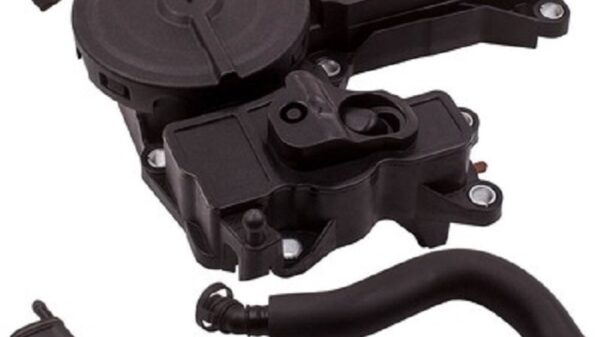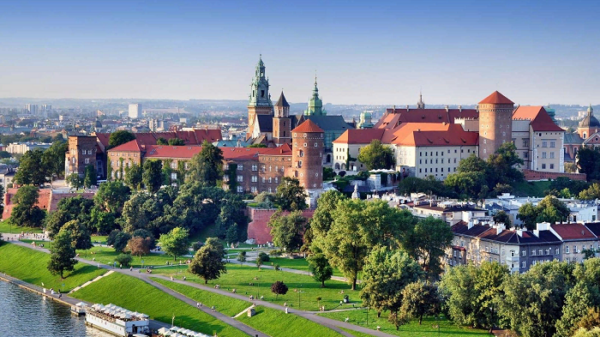Many cities are now rapidly expanding — a person constantly needs to expand his own territory. We need housing, industrial production complexes, warehouses, public institutions-it is not surprising that now a frequent detail of the city landscape for many people is a construction site, and the invariable background of urban noise is the sounds of working special equipment.
According to the established regulatory act, any construction site (like many other industrial production facilities) should be fenced, and fenced in a certain way, in accordance with the current standards.
To begin with, we classify the fences of sites according to several signs:
one. By purpose:
signal — visually limit the boundaries of the object;
protective ones — prevent people passing by from possible injuries (flying chips that fall from the forests of tools or building materials);
security — prevent the penetration of unauthorized persons.
2. By constructive features:
panel (in turn are divided into continuous and sparse fences);
rack;
Panel-blue.
3. By the presence/absence of additional protective elements (visors, railings). Naturally, the option of execution with protective elements will cost more, however, it is necessary in cases where there is a danger of injury to passers -by located outside the territory of the object.
Standards applicable to fence structures are described in the corresponding regulations indicating security measures during work. Consider the key points that are relevant to date.
The fence structure must be collected.
The fence structure should have universal universal elements.
The fence structure should have the following height:
security — 2 meters;
protective with a visor — 2 meters;
Protective without a visor — 1.6 meters;
In the case of visors and sidewalks (which are built around the fence to circumvent it) — they must be performed in the form of rectangular separate elements.
The angle of inclination of the visor should have 20 degrees (with an rise towards the road).
In addition, the fence structure should have metal gates and gates — for the passage of workers, entry of construction equipment, transportation of materials and garbage collection.





